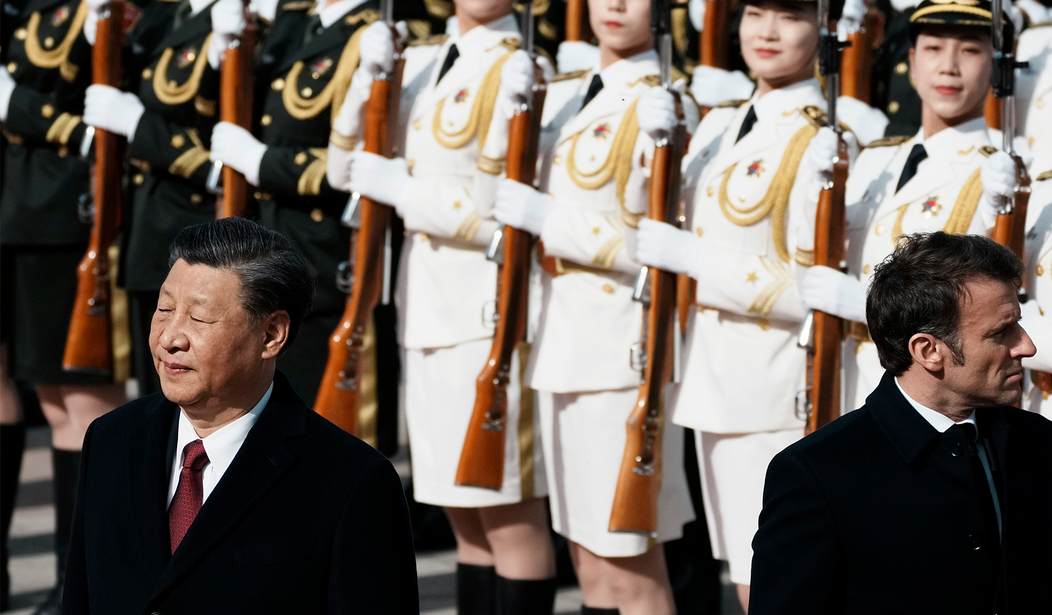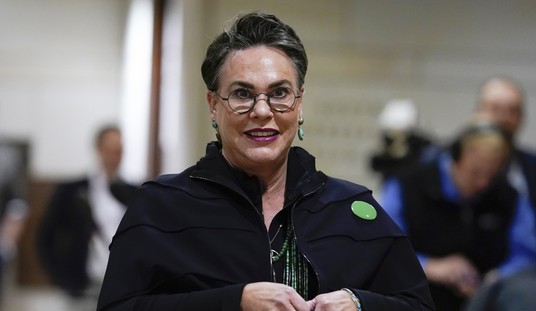China has always been something of a mystery to Westerners. The far-flung collection of peoples and languages that would become China first became known to the general run of Westerners in the Silk Road era and has been a more-or-less unified country since the Shang Dynasty starting around 1,600 BC. For most of this time, China was focused mostly inwards, a land of great momentum rather than a land of great ideas. More recently, China’s governing Communist Party (CCP) has been flexing its muscles; members are attempting to penetrate U.S. electronic communications, there is growing evidence that they were responsible for the COVID-19 virus, and they are putting political pressure on Europe to push those nations out of the American sphere of influence. China has also been implicated as the source of the large amounts of fentanyl coming across our southern border.
China is neither friend nor ally to the United States. Their latest move has them trying to exert pressure even closer to American territory, what the U.S. Southern Command chief calls the “red zone.”
China is stepping up efforts to establish a regional presence in the “red zone” on the threshold of the United States, U.S. Southern Command chief Army General Laura Richardson told Newsweek in an exclusive interview.
And while much international attention is being paid to mounting U.S.-China competition in the Asia-Pacific region, Richardson said Beijing’s efforts have accelerated “right under our nose”, pointing to the growing Chinese presence in the Caribbean, Central and South America.
“They’re on the 20-yard line, in the red zone to our homeland,” the SOUTHCOM commander said, comparing the situation to that in Asia, where the Indo-Pacific Command (INDOPACOM) is tasked with shoring up defenses utilizing an island strategy developed during the Cold War,
“I could say they’re on the first island chain, like they are in INDOPACOM, with what looks to be the instruments of national power that the People’s Republic of China brings to bear—diplomatic, informational, military and economic.”
Chinese Embassy to the United States spokesperson Liu Pengyu had this to say in response:
China-Latin America cooperation, premised on mutual respect, guided by the principle of mutual benefit and win-win, characterized by openness and inclusiveness and aimed at common development, has delivered tangible benefits to people in the region.
China has no geopolitical agenda in Latin America, does not seek to build a sphere of influence, and does not participate in the so-called strategic game. China-Latin America cooperation meets the needs of both sides and is neither targeted at nor influenced by any third party.
With all due respect: Horse squeeze.
There’s little doubt that the Chinese Communist Party’s geopolitical ambition and their presence in the Caribbean, Central, and South America are a part of that plan. At the moment, though, the Chinese Communist Party (as opposed to the Chinese people) are playing something of a balancing act, weighing territorial ambitions against access to Western markets and, more importantly, their need for massive food imports. The balancing act is growing more complex as the Chinese economy grows shaky; indeed, even the Chinese government is now admitting that things could be better.
China’s top leaders said the economy was facing “new difficulties and challenges” in a meeting of the 24-person Politburo on Monday.
The country’s highest-ranking officials gather annually at the end of July to review the economic situation before their traditional summer break in August.
This year, they met as the post-COVID recovery in the world’s second-largest economy was running out of steam, due in large part to sluggish consumer spending.
“The meeting pointed out that the current economic operation is facing new difficulties and challenges, mainly due to insufficient domestic demand, operational difficulties for some enterprises, high risks and hidden dangers in key areas, and a complex and severe external environment,” a readout of the meeting on state broadcaster CCTV said.
The Politburo agreed Monday that China must “implement precise and effective macroeconomic regulation, strengthen countercyclical regulation and policy reserves,” according to CCTV.
It is perhaps belaboring the obvious to note that “implement(ing) precise and effective macroeconomic regulation, strengthen(ing) countercyclical regulation and policy reserves” is precisely the wrong tack to take. The Politburo, being a Politburo, is of course adhering not to the laws of economics but to the dogma of the Chinese Communist Party, and that presents another problem. To keep the Chinese people working, housed, and fed, the CCP has to square the circle of bad economic policy, geopolitical and territorial ambitions, and their own moribund population profile.
And the CCP can’t just adopt free-market economic practices; they instead push a system of picking winners and losers that would make American Democrats blush.
China unveiled several measures Friday to encourage the purchase of automobiles, while other measures have also been announced to promote artificial intelligence and electronics consumption.
These automobiles?
By any objective measure, China isn’t that great a place to be from an economic standpoint. The average salary of a Chinese urban employee is about $15,000 USD. By comparison, average annual wages in the US as of 2021 were $74,738. More importantly, on the Heritage Foundation’s Index of Economic Freedoms, the United States rates at 25 (not that great for a supposedly free-market nation) as opposed to China’s 154. China’s economy is centrally controlled by the dictates of the CCP, success in that economy is largely confined to those with political influence, and corruption is rampant. China’s population is aging, and its worker base declining. Only this year, India overtook China as the world’s most populous nation.
These are not the economic indicators of a country that is ready and willing to dominate the world. The CCP has been notoriously tight-lipped when discussing China’s economic problems; the fact that some of them are now openly admitting that there are issues may be indicative that things there are worse than we know. Economic malaise can be the source for bad decisions; there’s an old saying that war is armed robbery writ large, and China has been casting some nasty glances towards populous and prosperous Taiwan for some time now, although their ability to conquer that island nation is in doubt. But the problem we have in the Western Pacific is that our own Navy isn’t in all that great a shape, either.
China, yes, intends to increase its status on the world stage. The CCP views the United States as a trading partner but also as a rival. China has been and likely will continue to do some saber-rattling in the Western Pacific as well as trying to increase its influence in the Americas. But with their aging population and their growing economic malaise, the Chinese Communist Party may soon find themselves in that classic old situation wherein their mouths are writing checks their butts can’t cash.














